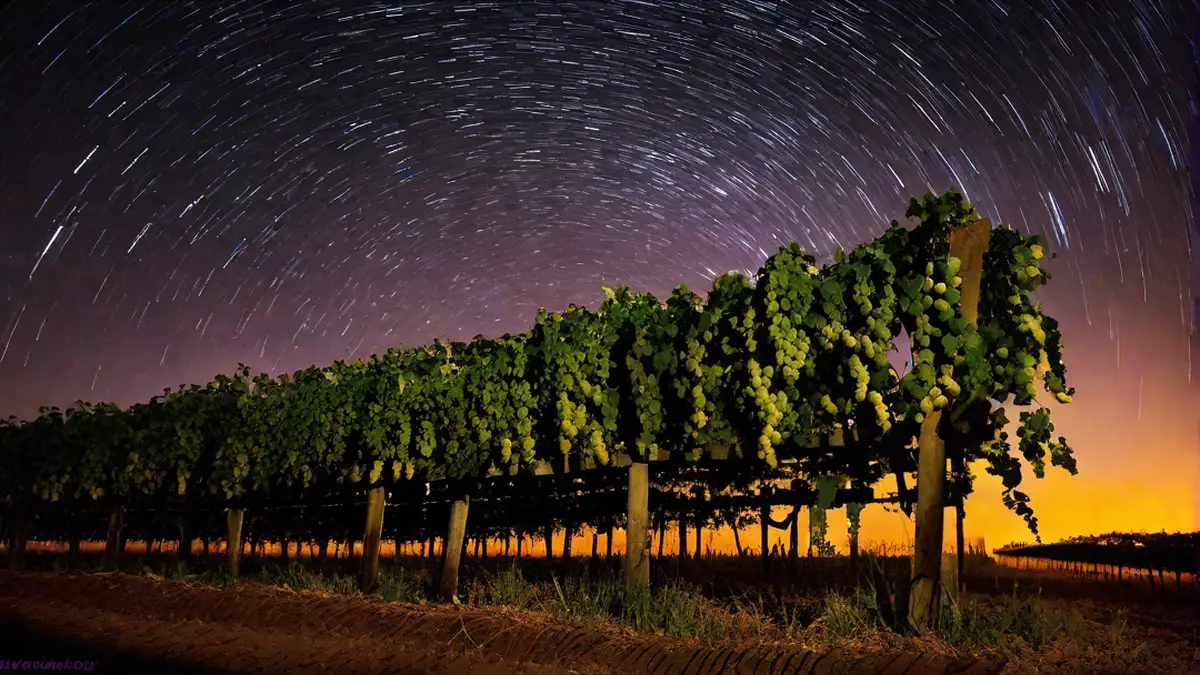As someone who appreciates wine, I frequently find myself curious about the alcohol content in wine—a common inquiry among enthusiasts. The alcohol percentage in wine can differ significantly, influenced by elements such as the type of grape, the geographic area it’s grown in, and the methods used in its production. Join me as we explore the intriguing aspects of wine, focusing on the factors that determine its alcohol level.
The Basics of Alcohol Content in Wine
Alcohol content is measured by the percentage of alcohol by volume (ABV). In simpler terms, it tells you how much alcohol is present in a given volume of wine. Most wines fall within the range of 12% to 15% ABV, but it’s important to note that there are exceptions.
The primary source of alcohol in wine is the fermentation process. Yeast converts the natural sugars in grapes into ethanol (alcohol) and carbon dioxide, a process known as alcoholic fermentation. The longer the fermentation process, the higher the alcohol content in the resulting wine.
Factors That Influence Alcohol Content
1. Grape Variety: Different grape varieties have varying levels of sugar, which directly affects the alcohol content. For instance, grapes like Muscat and Riesling tend to have lower levels of sugar, resulting in wines with lower ABV. On the other hand, varieties like Syrah and Cabernet Sauvignon often produce wines with higher alcohol content due to their higher sugar concentration.
2. Climate and Region: The climate and region where the grapes are grown play a crucial role in determining their sugar levels and, consequently, the alcohol content. Warmer regions with abundant sunshine tend to produce riper grapes with higher sugar content, leading to wines with higher ABV.
3. Harvest Time: The timing of the grape harvest also impacts the alcohol content. Grapes harvested earlier in the season, when they are less ripe, will have lower sugar levels and, thus, lower alcohol content. Conversely, grapes harvested later in the season, when they are fully ripe, will have higher sugar levels and result in wines with higher ABV.
Labeling and Understanding Alcohol Content
When shopping for wine, you may have noticed alcohol content displayed on the label. This information helps consumers make informed decisions about the style and potential effects of the wine. In the United States, the Alcohol and Tobacco Tax and Trade Bureau (TTB) requires wines with an ABV of 14% or higher to be labeled with their alcohol content.
It’s important to understand that alcohol content alone doesn’t determine the quality or taste of a wine. A wine with lower alcohol content can still be full of flavor and complexity, just as a wine with higher alcohol content can be well-balanced and enjoyable.
My Personal Take on Wine’s Alcohol Content
As a wine lover, I appreciate the diverse range of alcohol contents found in different wines. It adds to the depth and complexity of the wine world. Some occasions call for lighter, lower alcohol wines, while others may warrant the richness and warmth of a higher ABV wine. Exploring the variations in alcohol content allows us to discover new flavors and experiences.
In Conclusion
The alcohol content of wine is influenced by factors such as grape variety, climate, region, and harvest time. It’s important to remember that alcohol content alone doesn’t define the quality or taste of a wine. Ultimately, it’s a matter of personal preference and finding the right balance that suits your palate. So, the next time you raise a glass of wine, take a moment to appreciate the art of winemaking and the fascinating world of alcohol content.
